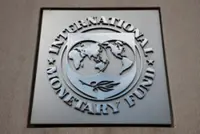Since the Icehotel in Iceland is sculpted by various artists, no two rooms are ever made the same. — Photos: Wikimedia Commons
A hotel, for many travellers, is usually just a place where one rests for the night, after a whole day of exploring. Spending a fortune on your accommodation while travelling is perhaps unnecessary for some, especially since it’s really the destination that holds the allure.
However, there are some hotels around the world that are so iconic, they are star attractions in their own right. That prominence could be by virtue of the property’s illustrious heritage. Or perhaps it’s the zany architecture of the place that makes it so buzzworthy, or rather in today’s world, “social media gold”.
Already a subscriber? Log in
Save 30% OFF The Star Digital Access
Cancel anytime. Ad-free. Unlimited access with perks.





